I was asked to speak at the VCU School of Education’s Teaching Literacy in a Digital World Conference this past Saturday. I’ve haven’t spent much time thinking about “digital literacy” in the past few years. It’s been somewhat mashed together with other terms that overlap like- digital fluency, computational thinking, etc. – and like those terms there’s not much agreement on what it is. I glanced at a few definitions prior to making this but didn’t really stick with one. When Dr. Leila Christenbury started the conference she referenced the “find, evaluate, utilize, share, and create content using information technologies and the Internet” definition of digital literacy so I added that while I waited and it makes as good a framework as anything else.
A chunk of the presentation is on GitHub here or you can fork it here. I opted to do the presentation with reveal.js and on GitHub mainly because I need to be expanding my own competencies (digital and otherwise).
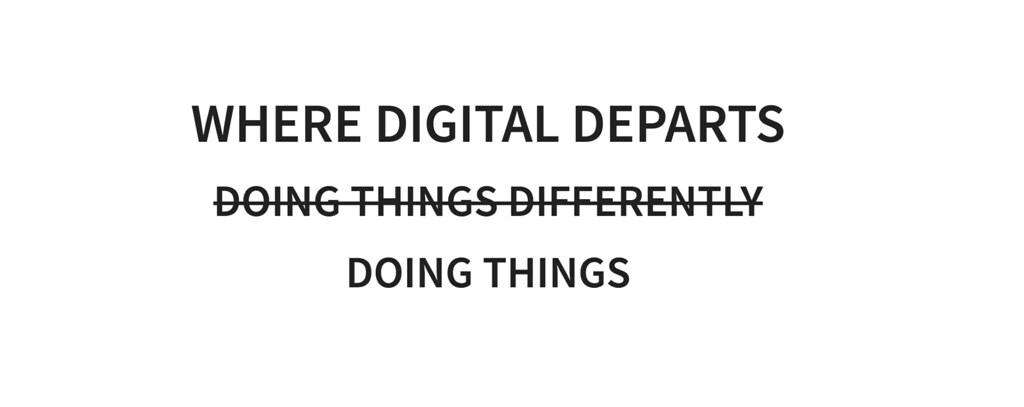
I struck the “differently” portion because I wanted to orient things more towards the idea of doing things and didn’t want people getting caught up in the nuances of whether it was really “different.”
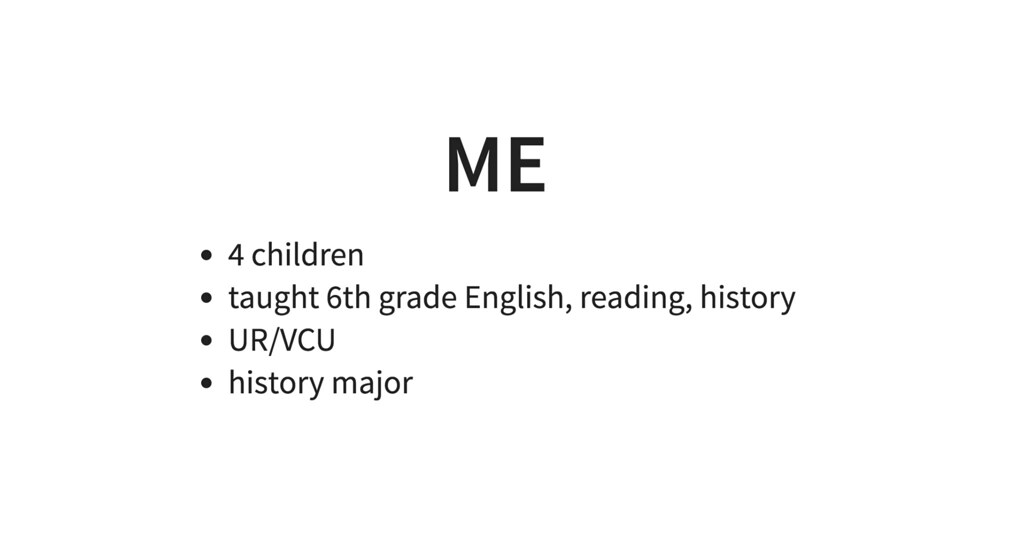
This was an attempt to connect with the audience. I believed they were mainly k12 teachers or faculty in the School of Ed (who tend to focus on k12). I tend to try to give myself credibility in a couple of ways. The first is that I have taught and I have taught in a really difficult situation. My first experience teaching was with 6th graders in an alternative setting. I’ve also taught in many different subjects and worked with students across grade levels. I’ve also worked with students outside of the school setting. I think that matters. I’m lacking lots of ways but I’ve got some street cred and some breadth. I’m fighting being put in the “he’s-just-a-higher-ed-talking-head” box.
I also bring my own kids into the conversation because I have four kids and they range in age from 12 to 5. They aren’t necessarily indicative of the population as a whole but they personalize the story in a variety of ways and humanize me a bit.
Finally, I stress that I’m not a nerd that’s focused on technology my whole life. I’m a history major. I have mixed feelings about technology. There are many times I consider forsaking every modern trapping and moving to the woods. Don’t put me in the “another-tech-worshipping-nerd” category.

All that being said, I chose to make this presentation in reveal.js by writing HTML (like you see above) because it seemed like fun.
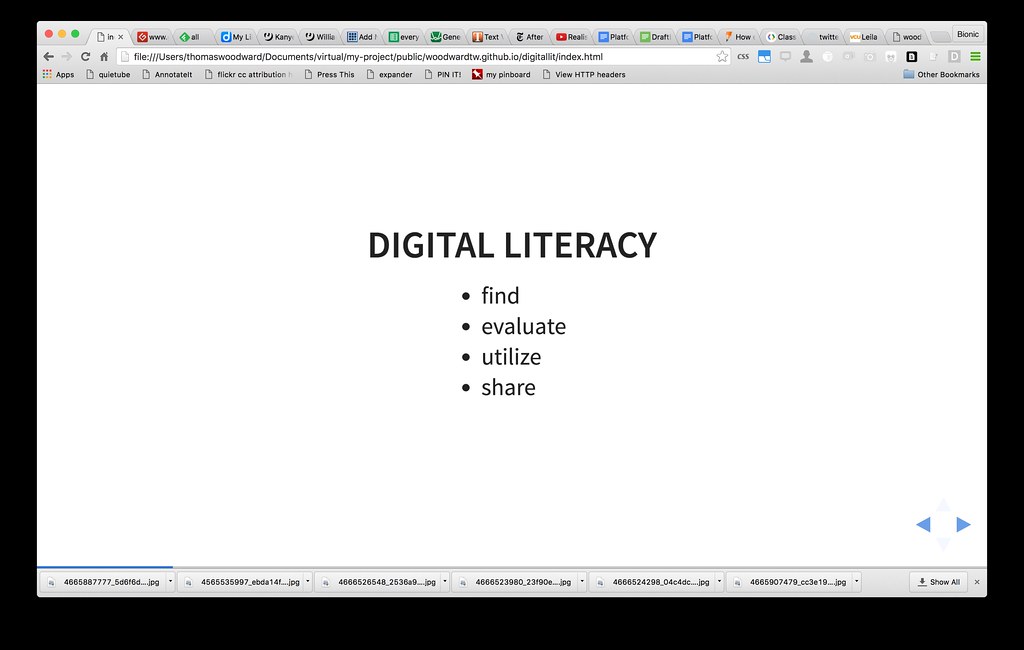
So as we talk about digital literacy, I’ll use these four elements to try to ground myself because I can wander astray pretty easily and this topic gets messy fast without some anchor points. But before we launch into details I want to set the stage a bit because “digital” anything tends to become a loaded topic.
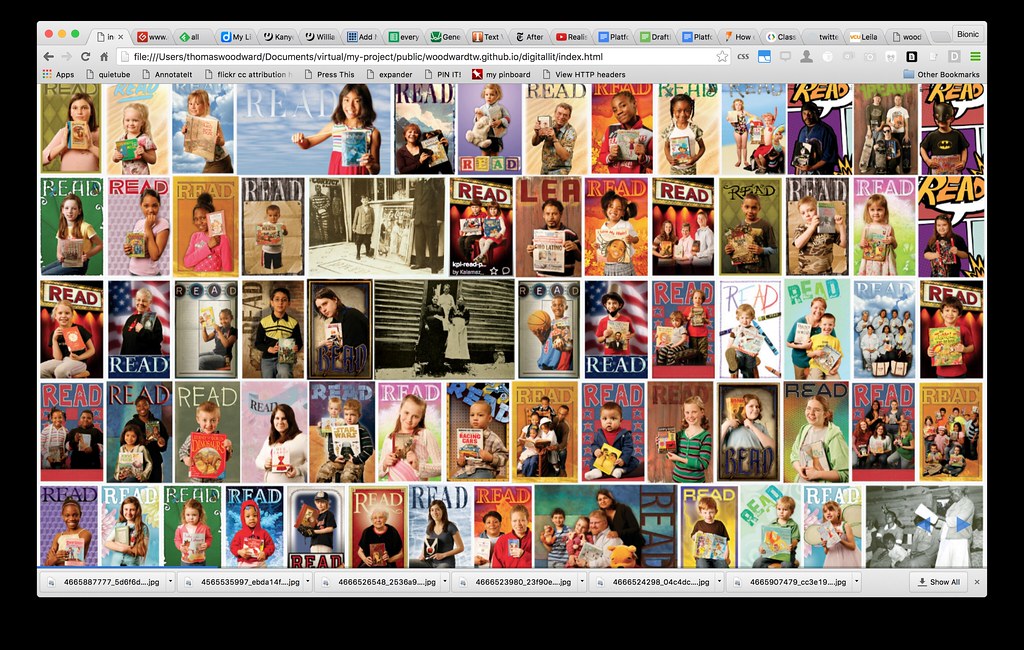
There are some people who are going to say literacy is literacy and things aren’t changing.
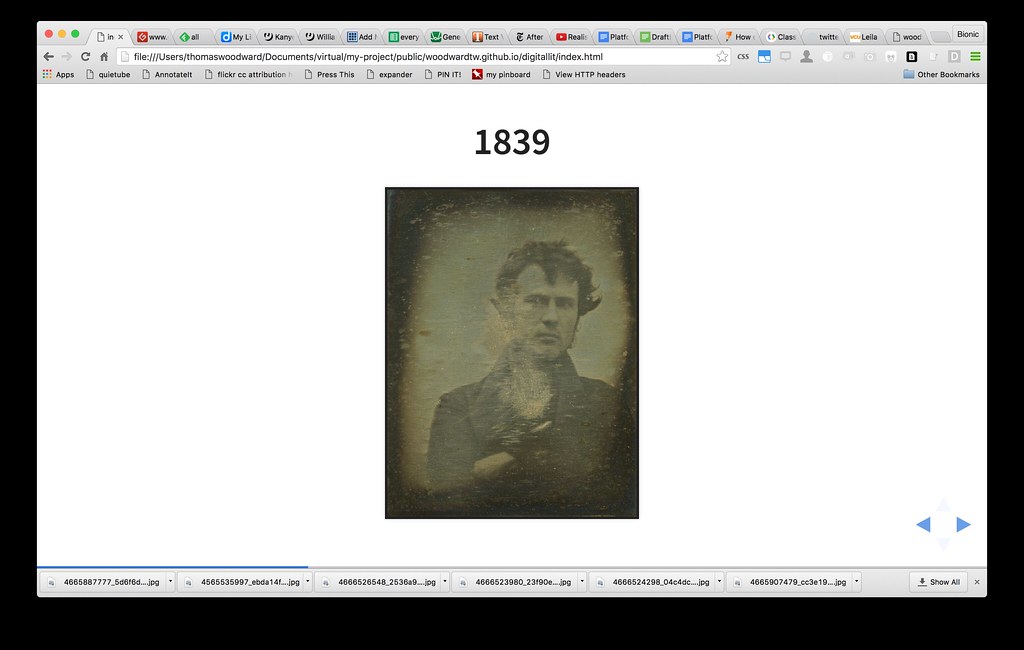
There are other people (sometimes the same people) who will tell you that technology is destroying the world. Selfies tend to be a primary piece of evidence. My argument tends to be that technology has made things people have always done more evident. Selfies, from paintings to photographs, have long been a presence . . . and what is more indulgent . . . taking a quick picture or spending days painting a quadruple self-portrait? And I’m not even arguing about the right/wrongness of it. I just maintain we usually blame technology for bringing evidence of the things we have always done and we also have a tendency to make the impact of that technology universal in a way that it is not. A good friend of mine just moved to Italy. The way we use phones in the USA is not the way they’re used in Italy. Many of things we dislike about technology are simply expressions of the culture we’ve created.
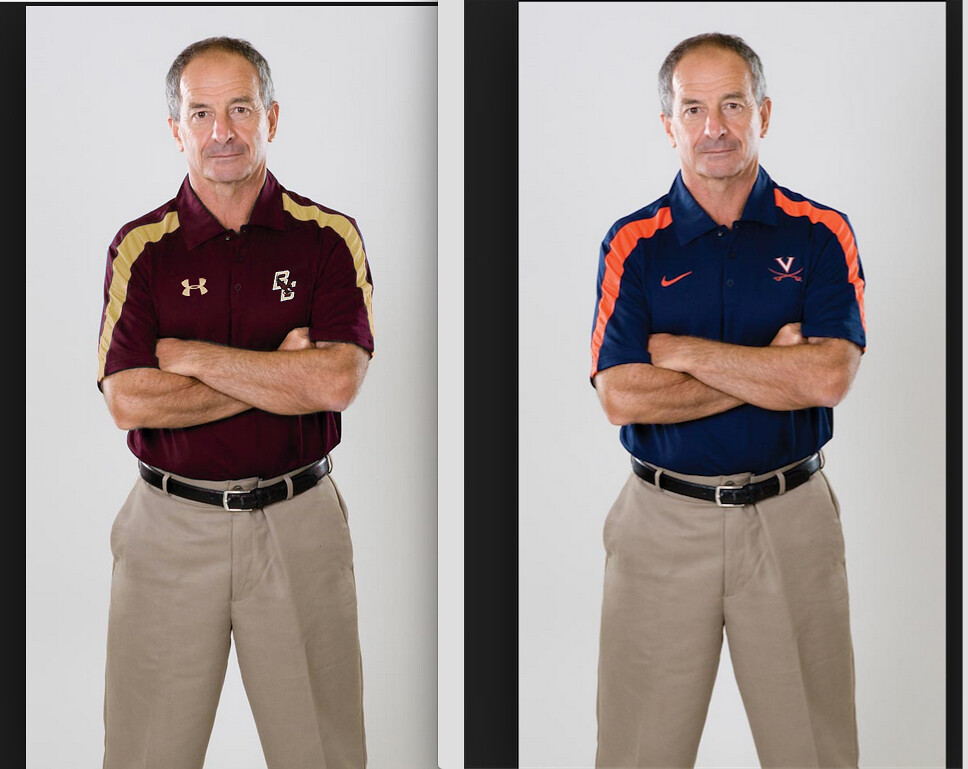
But technology and digital do complicate things. It’s difficult to tell which of the images above is “real.” That is my father-in-law. He happens to be a football coach. He’s coached for both those teams but was lacking a bio image. I, with very little Photoshop experience, was able not to switch out the shirts but to actually change the expressed colors of the image. Add a little cut and paste for logos and presto- a new reality that is very difficult to distinguish. Now certainly people have always had the ability to manipulate photos but the bar to doing it well is now considerably lower and accessible to far more people. That’s both awesome and scary.
This is a 3D scan of a passenger pigeon skull. It’s both interactive in a digital way and it can be printed out as well. That line between what is real and what is digital is steadily growing blurrier. That’s kind of crazy but wasn’t really made concrete to me until I received the following email from my son.

My kids do write emails. It is a different world and while they aren’t some sort of cyborg-digital-native, kids growing up in this environment have some different ideas. I got the email above from my oldest son. He’s twelve. Notice a few things. First, he sent it to all four of my email addresses. I’ll consider that a marker for importance. Secondly, the email has a link in it. Minor in many ways but one of the main things that makes digital really unique. Third, if you look at the email signature, you’ll see it indicates this email was sent with an iPhone 8S. He does not have an iPhone and there is no 8S on the market. It is a strange and uniquely digital joke. One that I really appreciate.
The link in the email led me to this 3D file. It’s GoPro mount for Nerf gun. He wanted to be able to film a first-person perspective of his neighborhood battles. That has a number of crazy layers including that he’s post-processing the video and adding all sorts of special effects. I’m not saying he’s a normal child and he has been raised around an odd father but this was totally on his own and it’s something I don’t know that I’d have ever considered. The idea of 3D printing something is still so foreign to me that I don’t know if I’d have thought of looking for the file. I think that expectations around how the world works is entwined in this idea of literacy. It is skills and dispositions but it is also expectations.
Finding/Evaluating
After all that, let’s get back to our framework. Finding stuff. Can we find digital stuff? Sure. Can we find good stuff? Can we find it fast? Can we find it when Google/Bing can’t? Do we know where to go to find certain things faster/better than Google? I’d argue that the answer here is mostly no.
Most people can type in stuff in Google but I rarely see evidence of taking advantage of Google’s internal options to find things faster/better. Google itself gave up on advanced search and removed it from the front page. So Google may have gotten better but I don’t think people have. The deep dependence on the tech to make up for the lack of thought worries me.
Then there are even simpler things. We teach kids to scan for keywords. Do we do the digital equivalent? Do we teach them to do a simple ctrl+F/cmd+F when they need to find words in a large body of text? Maybe but, if so, it doesn’t seem to stick. Search for “love” in Maria Montessori’s work. Think of the complexities around “finding” when you look through text more deeply.
We also have a tendency to teach evaluation through overly simplistic things like “it is a .com or .edu site?” We’ll default condemn Wikipedia rather than looking at talk pages and analyzing sources. Instead we’ll offload validity to a third party and say “trust all things on .gov/.edu or paid for by the library.” This triggers the part of me that wants to go live in the woods. Trust no one. Analyze everything. Always. You must not blindly trust.
My Facebook feed conclusively proves that adults have no idea how to evaluate what is real vs what they wish was real. There’s no doubt the digital world makes that harder because it is easier to make something look professional. It is easier to decontextualize/recontextualize something. But all these things point at weaknesses we’ve had for a long time. We’re just now seeing more and more evidence. The adults who had old school educations aren’t any better at this than “millennials” and it’s not because the content is digital.
Utilization/Sharing/Creation
We aren’t so good at use either. People often don’t know when (let alone how) to take advantage of the standard pieces of the Office suite. When should I use a spreadsheet1 vs a table in Word? When do I need a presentation vs a document? These are simple(r) choices for the most part around established products (what!?). We’re talking about 25+ years here and we aren’t even getting into the idea of online tools. Don’t get me wrong, it’s complex stuff. Just being able to read some of the new multimedia-dataviz-interactive journalism is difficult. Creating these messages technically and conceptually brings up huge additional challenges to literacy.
But we miss huge basics in this literacy. I guess it’s literacy anyway. RSS readers still have value. Even if RSS dies, the concept that information can flow and come to you rather than vice versa is important and will play out in other technologies. Is that a conceptual digital literacy?
There’s also scale. If we’re better at finding things, we tend to also need better ways to organize and store what we find. What role does taxonomic and folksonomic structures for organizing information play in digital literacy? What role do Diigo or similar tools play in digital literacy? How do we gain more benefit from the same amount of effort? How do we teach these concepts within tools but without becoming dependent on the specific tool? It’s messy stuff.2
Then we get into the link. The building block of the Internet. When do you link? Why? How does it differ from a footnote, from a citation, from a tool tip? When do you open a link in a new window vs a new tab? More importantly, as always, how do you get people asking themselves questions like these when they use/create links?
Do you consider parsing a URL a literacy? It might be. Alan does it for fun but also functionally and with purpose. Knowing there is login in URLs opens up options in the same way that understanding page numbers in a book changes how you view those elements. URLs are a major element in how the web is organized so understanding them can be beneficial but the diversity there is intimidating and further complicating by the ability to add tracking and other variables to URLs . . . but don’t we want literate participants on the Internet aware of stuff like that? I think so but also recognize how big and complex this is.
The problem and potential of digital literacy keeps expanding. We have new ways to collaboratively annotate information and people doing it- for Kanye and for Shakespeare. Our options for visually and interactively representing information continues to expand. It has potential. There is plenty of good there but it’s more complex than it once was. You can see into someone’s process like never before- be it art, writing, or programming. How do I find useful communities? How do I participate in communities in ways that matter for me and the community itself? Additional complexities multiply with the idea of sharing, copyright, EULAs, terms of use, and the pervasiveness of ad-supported-“free” tools.
It’s a bit crazy but beautifully so in many ways. It has so much potential, much of it untapped. We have the chance to focus on digital literacy as an outlook, as something dispositional. We’re not teaching keyboarding. We are not teaching PowerPoint. We are working with age old questions and challenges but with the ability to bring to bear an entirely new set of options. Digital literacy can be, at least partially, a dispositional belief that fluidity is desired, malleability is possible, and that all these considerations can be fun. It is a chance to blur lines towards a modern day Vitruvian literacy. Many challenges? Undoubtedly.

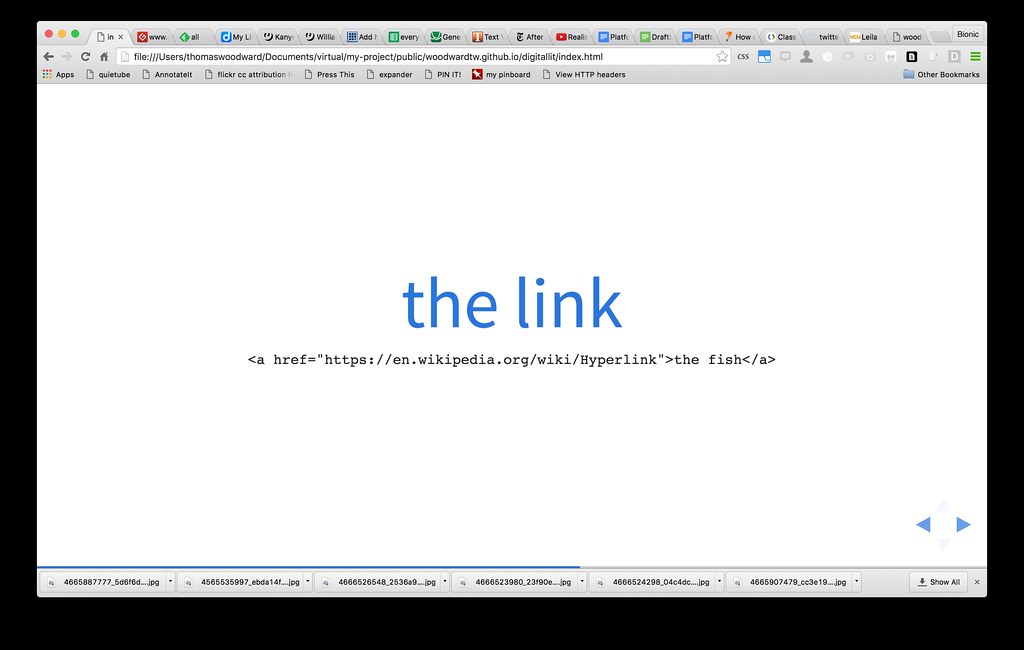

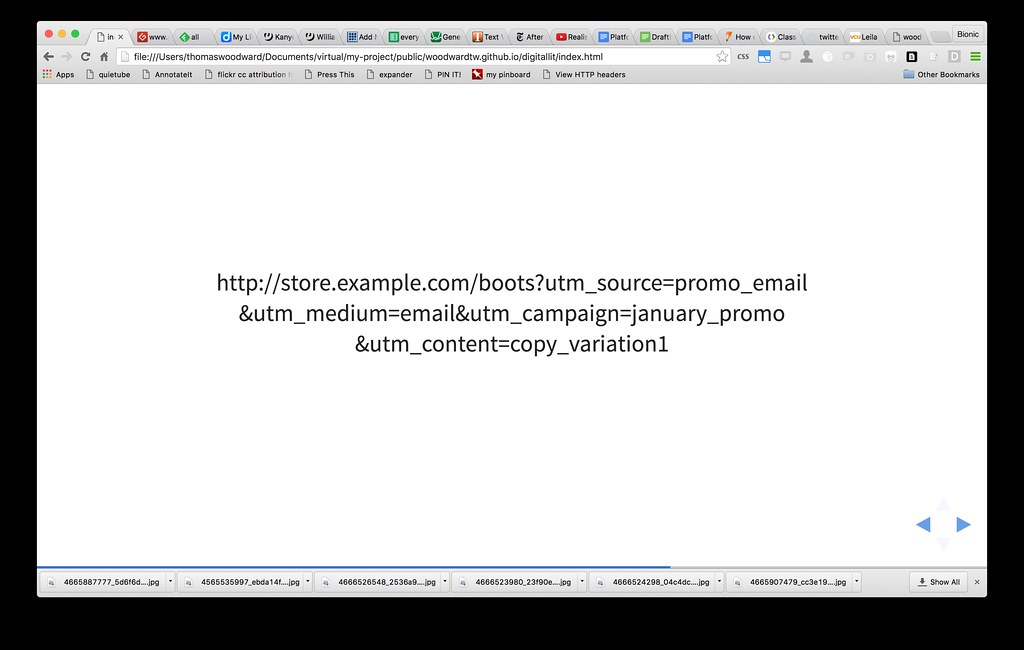
So many big ideas here…any one takes you down the problem/potential path in interesting ways. But I thought the most interesting question you raised was, “How do I find useful communities? How do I participate in communities in ways that matter for me and the community itself?” I believe your digital literacy grows and changes as you expand your definition of community. If your online community is essentially just your face to face community, you’re probably sharing differently than if you are part of a more widely flung virtual community. I’m not sure the vast majority of people have thought about finding online community other than perhaps joining a FB group for their candidate or hobby or favorite cause. Those places tend to be echo chambers where participation is about supporting the prevailing opinions and attitudes so it’s easier to fall into the trap of sharing incorrect information and drawing black and white lines between us and them. We miss the potential to connect to those who may not share our cup of Kool Aid completely. I guess I’m stuck on the word useful here: useful for helping me find stuff? useful for pushing my thinking? useful for?
A big bucket for sure. My own perspective has tendency to be non-standard. I have been accused of not “going along to get along” so my belief in the value of contrary views in a community may not be widely appreciated. 🙂
I do think that a broader consideration of groups to generate “collective IQ” would require challenges otherwise you’re just creating the sheep from Animal Farm in digital form. I picture a flock of sheep bleating “IWBs good! Projectors bad!”